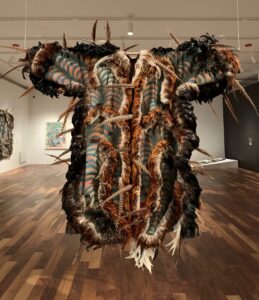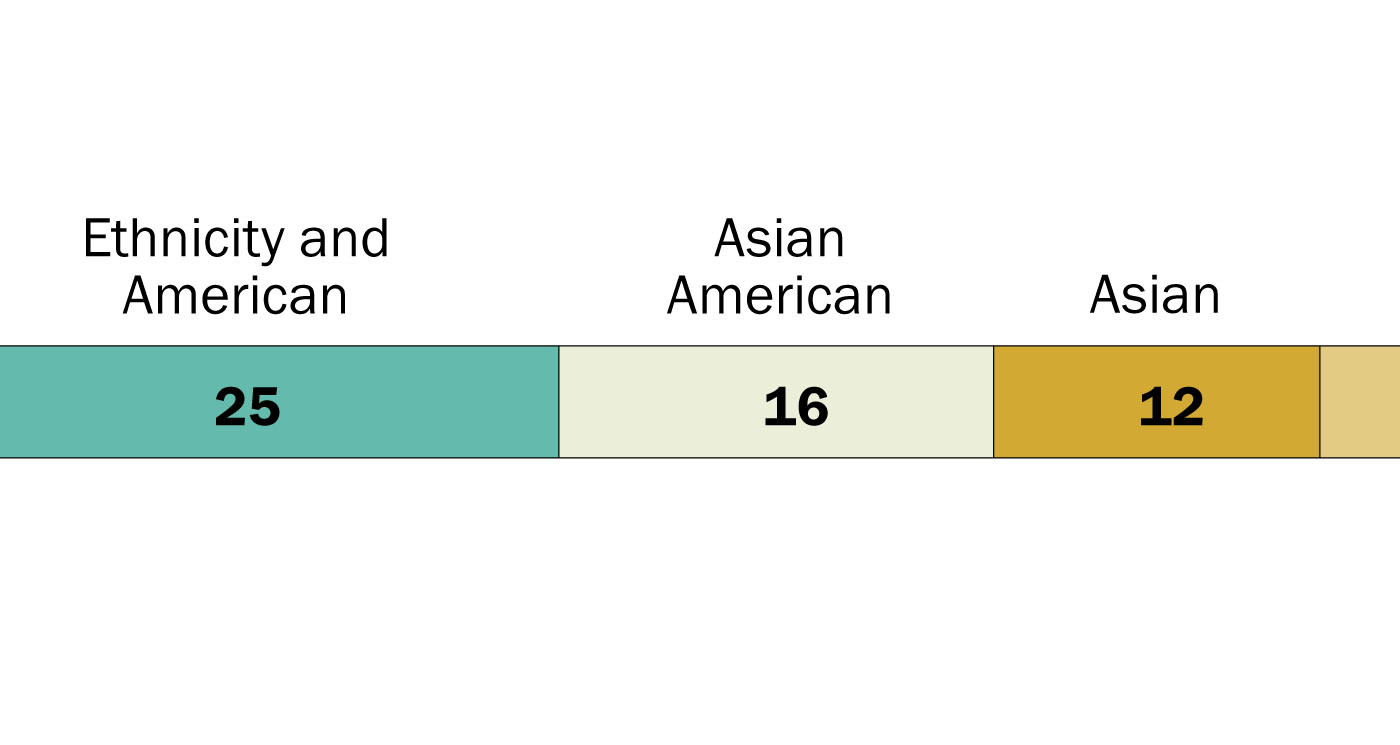The Pew Research Center recently released a report about Asian American identity in the United States. The report explores the experiences and opinions not only of Asian American adults overall, but also of the country’s six largest Asian origin groups: Chinese, Filipino, Indian, Japanese, Korean and Vietnamese Americans. It is based on the largest nationally representative survey of its kind to date focused on Asian Americans.
The nation’s Asian population is fast growing and diverse. Numbering more than 23 million, the population has ancestral roots across the vast, ethnically and culturally rich Asian continent. For Asians living in the United States, this diversity is reflected in how they describe their own identity. According to a new, nationwide, comprehensive survey of Asian adults living in the U.S., 52 percent say they most often use ethnic labels that reflect their heritage and family roots, either alone or together with “American,” to describe themselves. Chinese or Chinese American, Filipino or Filipino American, and Indian or Indian American are examples of these variations.
There are other ways in which Asians living in the U.S. describe their identity. About half (51 percent) of Asian adults say they use American on its own (10 percent), together with their ethnicity (25 percent) or together with “Asian” as Asian American (16 percent) when describing their identity, highlighting their links to the U.S.
And while pan-ethnic labels such as Asian and Asian American are commonly used to describe this diverse population broadly, the new survey shows that when describing themselves, just 28 percent use the label Asian (12 percent) on its own or the label Asian American (16 percent).
The survey also finds that other labels are used by Asian Americans. Some 6 percent say they most often prefer regional terms such as South Asian and Southeast Asian when describing themselves.
Sign up for updates
Explore Themes and Ideas































































